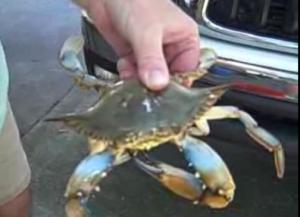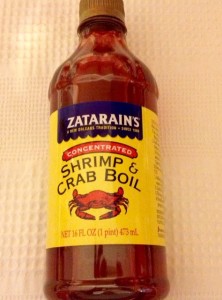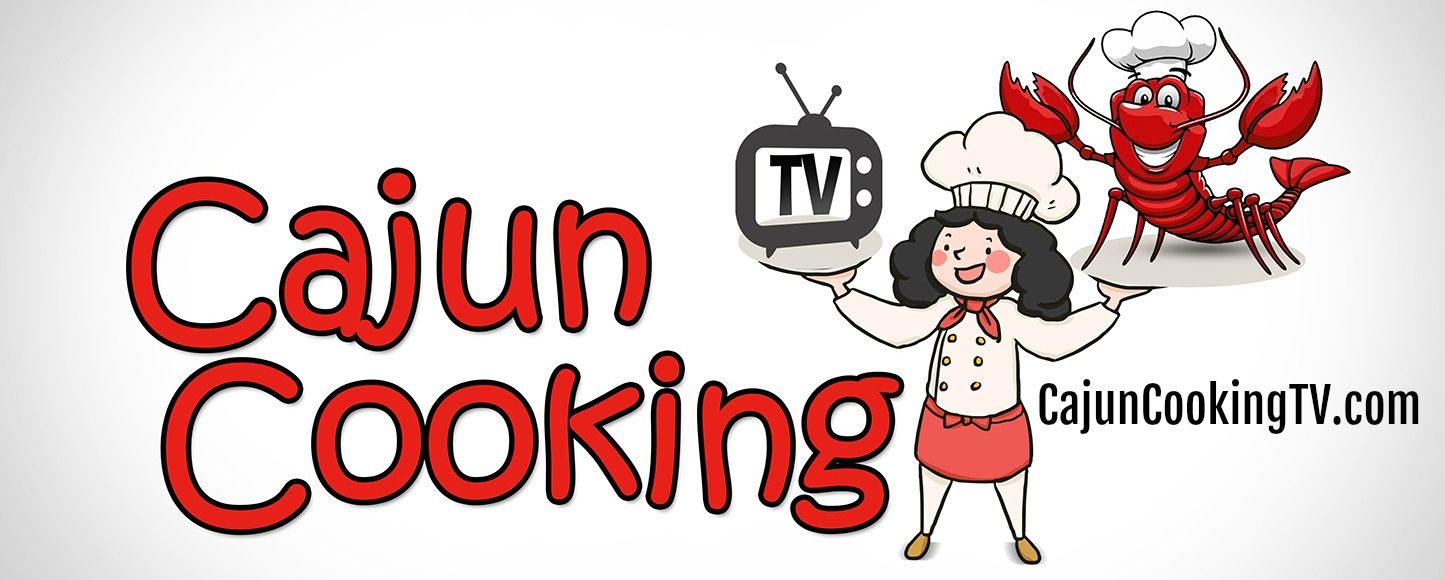Cooking Louisiana Blue Crabs
Louisiana Blue Crabs are available in the warm waters of the Gulf of Mexico. The word for Blue Crab in the Greek means beautiful swimmer and savory. Louisiana Blue Crabs are also known for a sweet and hearty texture. I personally love the claw meat of Blue Crabs, but the lump white crab meat is certainly the best.

On this sunny day in August, we visited the Folse & Company Seafood Market in Gonzales, Louisiana. It had been about 20 years since I actually boiled my own crabs. Usually, it is so easy to get boiled crabs at local restaurants.
We recommend about 2-4 crabs per person depending on the size. Of course, we only buy the best grade #1 crabs, so they are rather large and full of incredible meat.
Getting Started with Your Louisiana Blue Crabs
Buy fresh local live crabs. Once home place the crabs in a large basin or bucket and cover with ice. The ice stuns the crabs and miraculously keeps the claws from falling off during the boiling process. Soak for 30 minutes.
Prepare a large stock pot with boiling water.

Add seasonings:
2 large sweet onions, quartered
Several whole garlic pods, cut in half
3-4 Bay leaves
2-4 tablespoons Zatarain’s Liquid Shrimp & Crab Boil (I use about 4 ounces – Mike)
Salt
2 tablespoons white vinegar (helps crabs peel easily)
lemon or lime juice.
Carefully place the crabs in the boiling water. Boil about 15 minutes. The crabs instantly turn a vibrant red once placed in the boiling water. Turn off the heat.
Remove the crabs and serve.
If you want to let the crabs soak in the water in order to soak up the wonderful seasonings, place cold water or more ice on top of the crabs in order to stop the cooking process.
Eating Louisiana Blue Crabs
You can do this in any order you like, but this is just how I was taught to eat crabs as a little girl at the age of 8. There would be about 10 family members sitting all around this large dining table in the dining room of my Aunt Linda’s house in New Orleans. Newspapers were spread the entire length of the table and each person had a plate and a little bowl for dipping with either butter or ketchup. What a wonderful memory.
How to Eat Louisiana Blue Crabs
Take the crab in one (be careful of the hard prickles on the shell). Carefully pull the legs out right at the join closet to the body. Some good meat will come out. Don’t be shy to pull the meat through your teeth and suck out the juice.
Next, turn the crab over and pull open the crabs private part. Grasp the bottom of the body in one hand and the top shell in the other and pull apart. Discard the top shell. Then, pull the lungs and other yucky guts items off. You should be left with 2 compartment separated by much thinner shell membranes.
Using a sharp knife carefully cut the compartment in half. Then, make a cut lengthwise on each compartment to reveal the sweet, savory white meat. Pull out the lump crab meat and work your way through the other smaller membranes.
Now for the legs – break apart the legs at each joint. Sometimes the meat will come right out. Other times you need to use crab crackers or nut crackers to open up the segments.
My favorite part is the claw. I always save it for last. Delicately crack right in the middle and once at the place where the claws start. You should be able to peel the shell off and reveal a big, full claw. Take the claw into your mouth and pull between your teeth. Now that’s some good stuff Cher!
P.S.: My first and last time that I cooked live crabs, I was 23 years old and still wet behind the ears when it came to cooking. We lived on a small island in northeast Florida – Amelia Island. A local seafood market had a sign for “Dozen Crabs – $12.00”. I thought, “Wow, I love crabs and I can figure out how to cook them.” So, I bought a dozen crabs. I didn’t realize that they were LIVE. I thought crabs were like fish and already dead.
Needless to say, to my surprise these things were all rustling about in the paper bag. I get them home and I no idea what to do with them. So, I call my mom back in Louisiana. She tells me to pour them in the sink and soak them in salt water. I thought that was just for crawfish, but I attempted it anyway. I took the bag and dumped them in the sink. Oh my gosh, they were rustling about and trying take off running on the counter.
One fell on the floor. I was hopping around like firecrackers were going off. My golden retriever was having a good time playing with one.
Well, I managed to boil and season some water and one by one placed the poor innocent crabs into the boiling hot cauldron and saying sorry to each of them. My Cajun cooking beginnings, lol.
They must have been good for I remember this crazy story. C’est la vie!


 For More Information, Please Click on the Photo Above
To Order the Cookbook, Click on the Button Below.
For More Information, Please Click on the Photo Above
To Order the Cookbook, Click on the Button Below.
What Our Readers Are Saying…